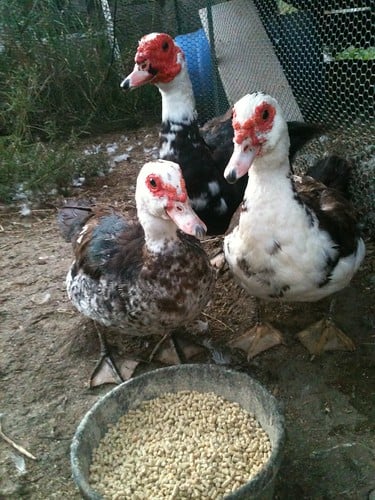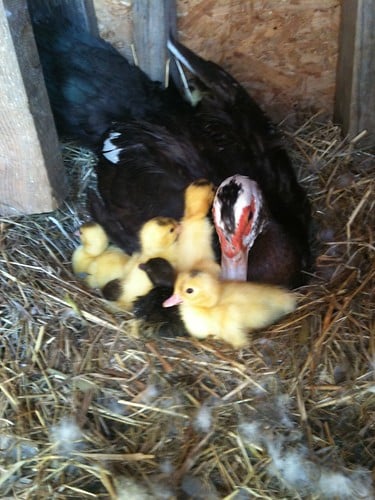Now I have a question -- is it necessary to have the white-head gene for a bird to be solid white? Are the birds that are white with dark caps really (P/P, c+/c+), and the all-white birds are (P/P, C/C or C/c)? I don't know...that's why I'm asking. I suppose the way to find out would be to breed an all-white to a solid that doesn't have the white-head gene, then breed a black-capped white to a solid, and see if you get white-heads in the first pair but not the second. Could this be why the black-capped whites bred true?


ETA -- I think this whole "white genes" mess is why I prefer to stick to solid birds.
BTW, does anyone have pictures of birds that are Blue-Lavender (N/n+, l/l) or Silver-Lavender (N/N, l/l)? Or what about Chocolate-Sepia (ch/ch, f/f male; ch/-, f/f female)? The white genes are less interesting to me than finding out how combinations of color genes work together. I posted similar questions about peafowl and combining their color mutations, but that sparked a big argument -- first that it wasn't possible, then that it shouldn't be "allowed" or encouraged.



ETA -- I think this whole "white genes" mess is why I prefer to stick to solid birds.
BTW, does anyone have pictures of birds that are Blue-Lavender (N/n+, l/l) or Silver-Lavender (N/N, l/l)? Or what about Chocolate-Sepia (ch/ch, f/f male; ch/-, f/f female)? The white genes are less interesting to me than finding out how combinations of color genes work together. I posted similar questions about peafowl and combining their color mutations, but that sparked a big argument -- first that it wasn't possible, then that it shouldn't be "allowed" or encouraged.

Last edited:












